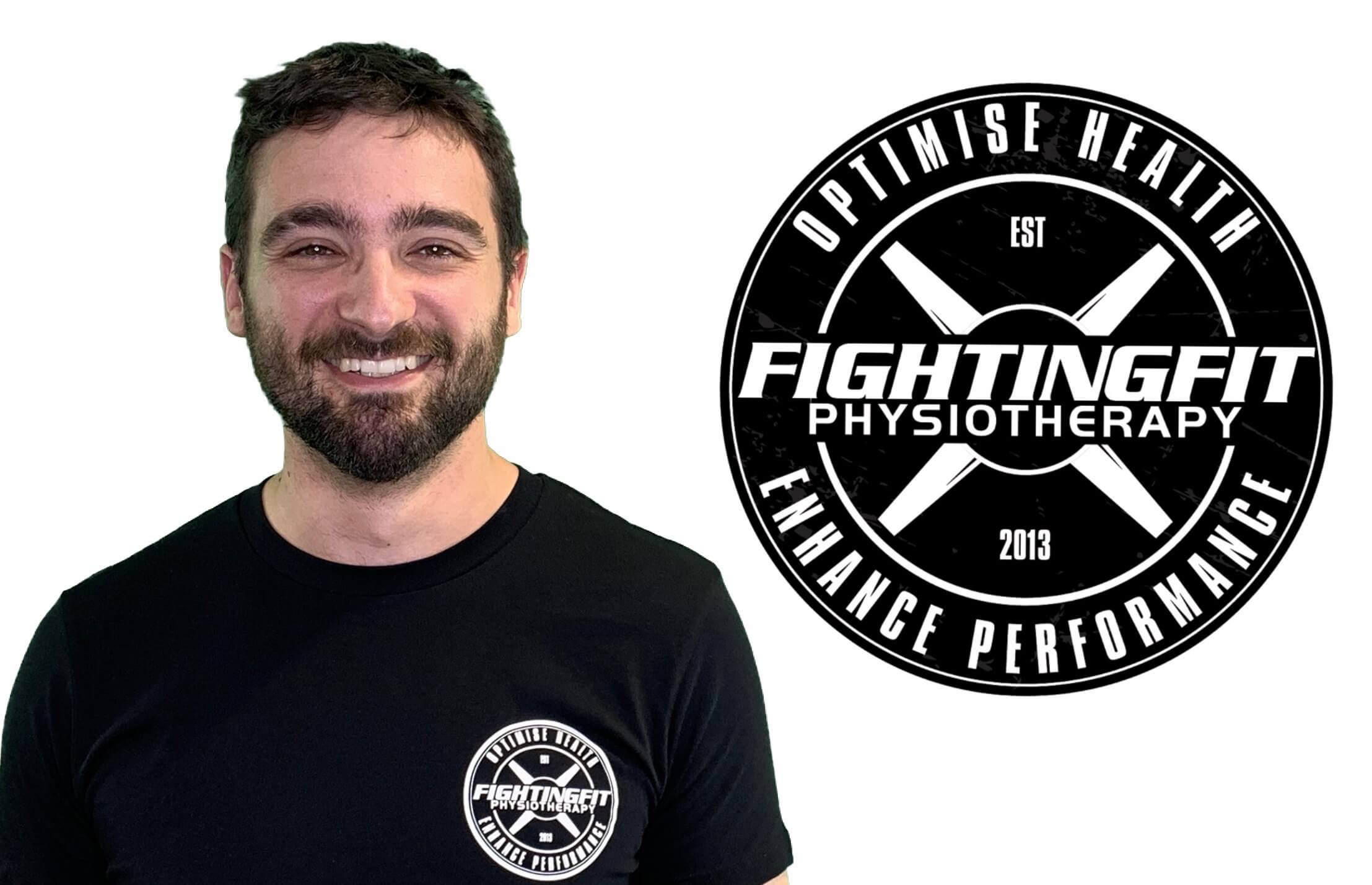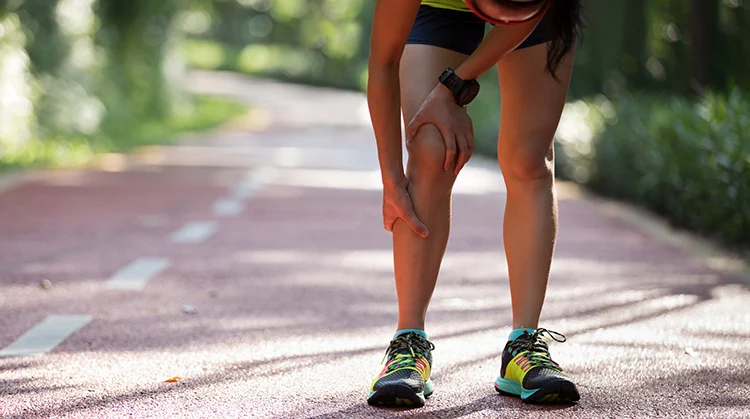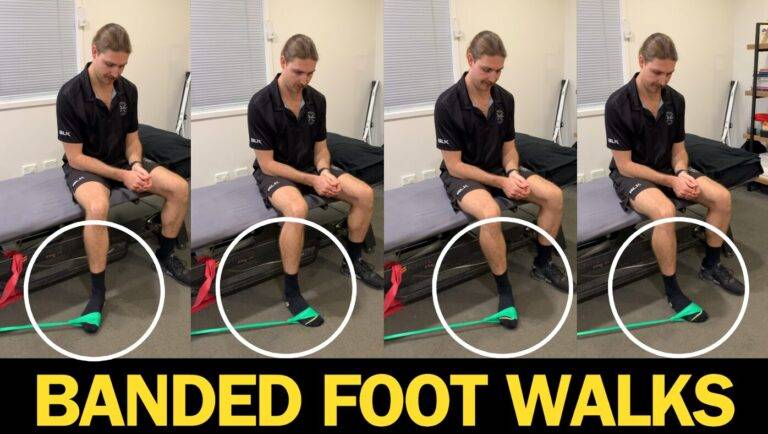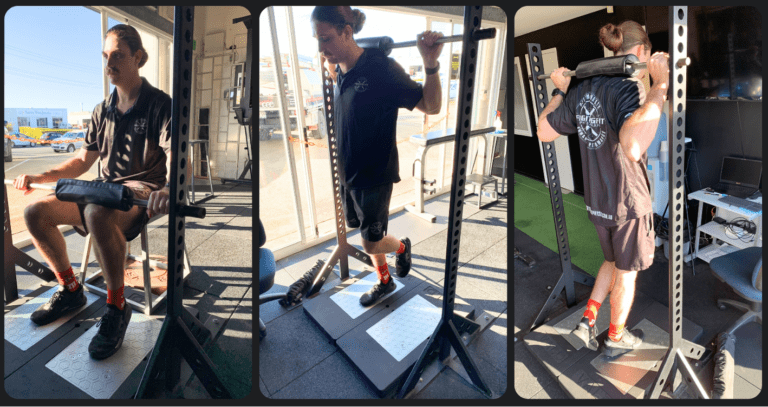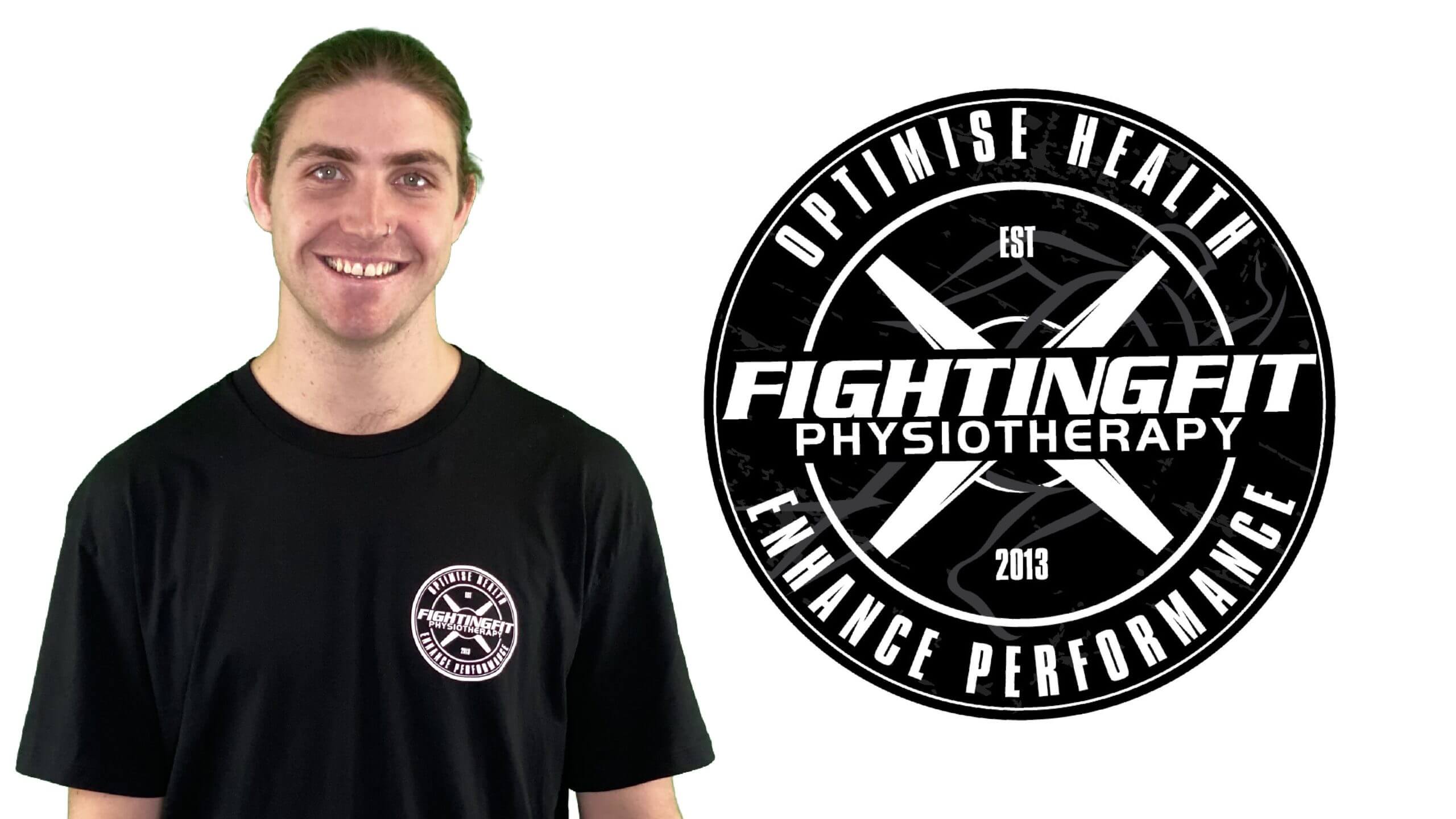How to Assess for a Concussion: Doing it right!
Dont f*ck with a head knock.. Part 2!

Following from my first blog, we’re now going to explore how we assess and test concussion here at Fighting Fit Physiotherapy.
Signs and Symptoms of Concussion
If you remember from the last blog (LINK), concussion can present in a variety of ways, with both immediate onset or delayed symptoms.
These can include:
- headaches – ongoing or episodic
- dizziness – feeling a bit off kilter
- balance and coordination problems – issues reaction time, hand eye or eye foot
- visual disturbances – blurred vision
- mental fog – just not right or difficulty with concentration during tasks
- cognitive impairments – slowed speech or word finding difficulties
- Mood disorder – low mood, irritability or unwarranted frustration and anger
- Sleep disturbance – difficulty getting to or staying asleep
Immediate assessment (on field)
Immediate aid for any athlete suspected of a concussion is to remove the player from the field of play (if safe to do so) and carry out an assessment.
We must always be aware of signs or situations relating to a more serious head injury:
- Did the head make contact with a hard surface or body part (such as the knee)
- Do symptoms worsen over a short period of time, e.g. nausea or headaches.
- Have they lost consciousness immediately after the impact
- Have they have fallen unconscious since the incident
- Did the patient has a seizure or fit
- Is there bleeding or fluid leaking from the nose or ear
The SCAT6 Concussion Assessment tool can be utilised by trained professionals and some first aiders to assist in identifying post incident red flags 🚩, signs and symptoms ⚠️, immediate memory and cervical spine assessment. If possible, get one or find it HERE
Although it may not be possible to carry out an on field assessment at the time due to numerous constraints. If this is the case, ensure you book to see us HERE so we can perform one ASAP.
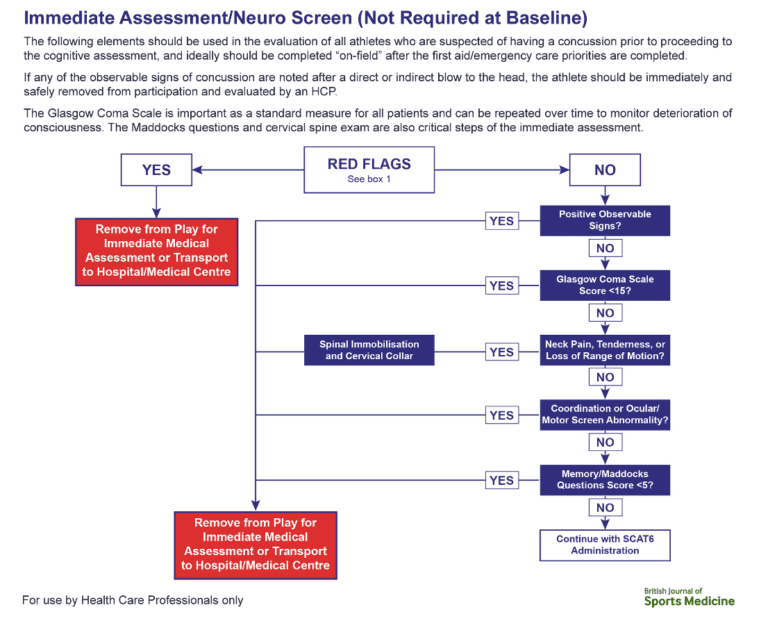
In Clinic Assessment:
When a patient presents to us In clinic post-concussion event it’s very important the assessment is compressive due to the nature of concussion and the varying effects it can have.
Let’s break this down for you!
Subjective testing
The subjective assessment will dive into the history and mechanism of the concussion (how it happened) any loss of consciousness and any ongoing symptoms including:
- Pain, headaches, concentration difficulty or fogginess
- Behavioural and emotional changes such as irritability
- Cognitive changes such as slowed reaction
- Sleep/wake disturbance and quality of sleep
- Balance and walking symptoms
- Including any other injured areas (neck or shoulder)
Objective testing
We then investigate the physicalised testing of the patient to assess for any immediate deficits including:
- Neck and head examination for range of motion, strength, and muscular palpation
- Assessment of shoulder and upper back
- Balance & coordination testing
- Vestibular (inner ear balance organ) testing
- Oculomotor (eye movement) assessment
- Neurocognitive testing
- Attention span
- Working memory
- Visual and verbal memory
- Attention span
- Nonverbal problem solving
- Brain’s processing speed
- Reaction time testing
As there can be many effects post concussion, the objective assessment is guided by symptoms and the information gained from during the assessment process, this ensures it is tailored and specific to the patients presentation and needs.
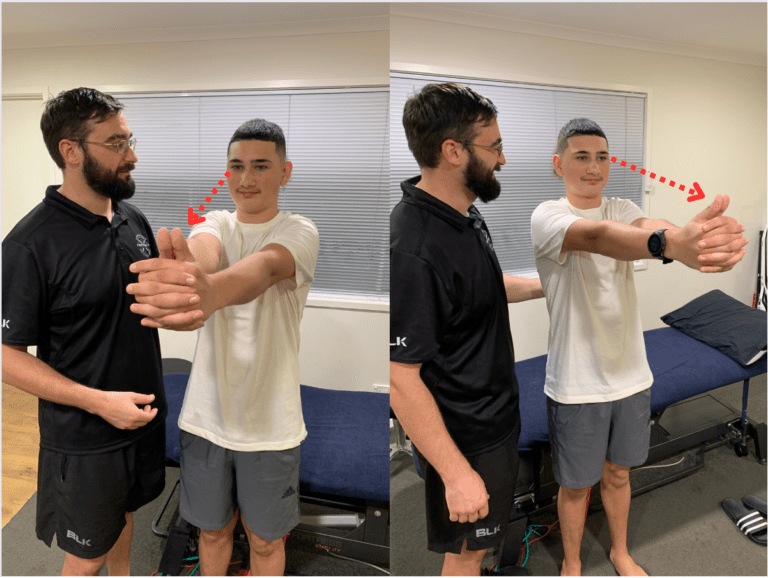
Specific Concussion Testing
Our athletes take a neurocognitive test at the start of their sports season. This provides baseline data about their normal brain function. If and when they sustain a head injury, we can re-assess and compare the results to their baseline test.
The results taken after a head injury are used to inform the severity of the concussion, the impairments and treatment required to deliver a great result.
However, if we don’t have baseline information. We can compare post injury test scores to a database of average scores for others in the same age range. This will direct us in making the best decisions for.
Fitness Testing for Concussion
The Buffalo Concussion Treadmill Test is a standardised test used to assess an individual’s ability to tolerate physical activity after a concussion. It is also used to determine an individual’s post-concussion fitness level and make recommendations for returning to play, work, or school.
The treadmill test assesses a patient’s response to physical exertion following a head injury to establish the health and function of their nervous system.
Early submaximal exercise in concussion can be very beneficial to decreasing recovery times in anyone who suffers from a concussion. So This test can be very informative and beneficial towards recovery as it will inform us of the level of intensity we can push to for training and determine readiness for return to play following concussion.

Remember, concussion symptoms vary depending on the severity and location of the injury.
It’s not only important to have a trained and experienced health professional, but someone with a special interest in concussion to assess any concussion injury as many concussions do go missed, mismanaged and poorly treated when not!
If you or someone you know has experienced a concussion, you can reach out to us here for any questions or to book in for an assessment!
Kyle Wells is a Physiotherapist at Fighting Fit Physio.
He has a special interest in arthritis, neck pain and tendinopathy. Just to name a few.
Kyle loves cross fit and has an exceptional eye for technique and performing exercise correctly.
He use exercise to improve patient results and get them moving better for the long term.
Kyle Wells is a Physiotherapist at Fighting Fit Physio.
He has a special interest in arthritis, neck pain and tendinopathy. Just to name a few.
Kyle loves cross fit and has an exceptional eye for technique and performing exercise correctly.
He use exercise to improve patient results and get them moving better for the long term.

